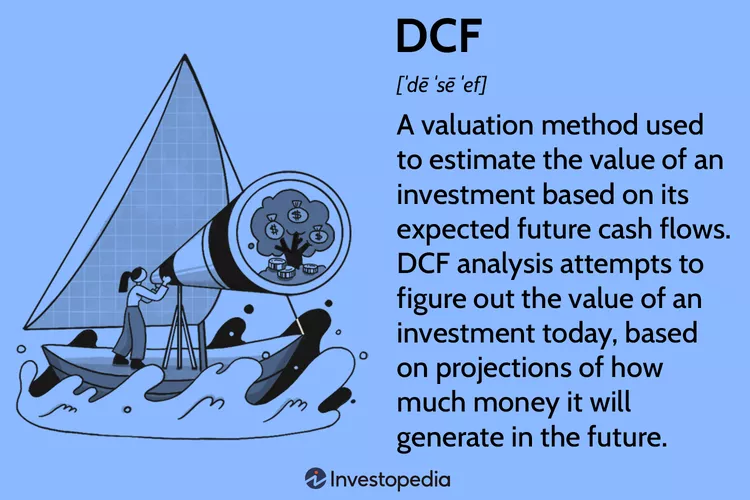A Beginner's Guide to Discounted Cash Flow Valuation

Discounted cashflow (DCF) analysis is a method used by investors and analysts to estimate the value of an investment based on its expected future cashflows. It’s one of the most commonly used valuation methods in corporate finance and investment analysis. In this beginner’s guide, we’ll walk through the key concepts and steps for conducting a DCF valuation.
What is DCF Valuation?

DCF valuation is based on the premise that the value of an asset or business today is equal to the sum of its future cashflows, discounted back to the present day. This method accounts for the time value of money – the concept that money received today is worth more than the same amount received in the future.
DCF analysis calculates a company or project’s future cashflows, discounts them back to the present using a discount rate, and sums them to arrive at a net present value (NPV). A positive NPV indicates the investment is profitable, while a negative NPV means it is unprofitable.
Why Use DCF Valuation?
There are several reasons why DCF is a popular valuation method:
- It estimates the intrinsic value of an investment based on its fundamentals, not just current market conditions. This makes it useful for identifying under or overvalued opportunities.
- DCF models can be tailored to any investment with predictable cashflows, like stocks, bonds, real estate, etc.
- Running multiple DCF scenarios with different assumptions provides a range of potential outcomes. This accounts for uncertainty in the projections.
- Adding detail to the projections allows analysts to value complex investments and growth opportunities.
The DCF Formula
The formula for discounted cashflow valuation is:
DCF = CF1 / (1+r)^1 + CF2 / (1+r)^2 + CF3 / (1+r)^3 + … + CFn / (1+r)^n
Where:
CF = Cashflow for each period
r = Discount rate
n = Number of periods
This sums the present value of each cashflow CF, discounted back from its future value to today. The discount rate r represents the investor’s required rate of return.
Need to Take Your Business to Next Level?
Schedule a free consultation call with our team today
How to Do a DCF Valuation
Conducting a DCF analysis involves several key steps:
1. Project future cashflows
Forecast the investment’s cash inflows and outflows for a set period – typically 5-10 years. Be conservative in your projections.
2. Calculate discount rate
This is often the company’s weighted average cost of capital (WACC). It represents the return investors require relative to risk.
3. Discount future cashflows
Bring the projected cashflows back to present value using the discount rate. Cashflows further in the future have a lower present value.
4. Calculate the terminal value
Terminal value represents all cashflows beyond the projection period. Estimate this using a perpetuity growth model or exit multiple.
5. Sum discounted cashflows
Add up the discounted cashflows and terminal value. This is the net present value (NPV).
6. Subtract initial investment
The NPV – initial investment gives the actual return of the investment. A positive result indicates a worthwhile investment.
DCF valuation takes practice to master. However, following these steps will allow you to build a solid discounted cash flow model to value investments and analyze financial decisions. With some Excel skills and research into future projections, even beginners can effectively use DCF analysis.

